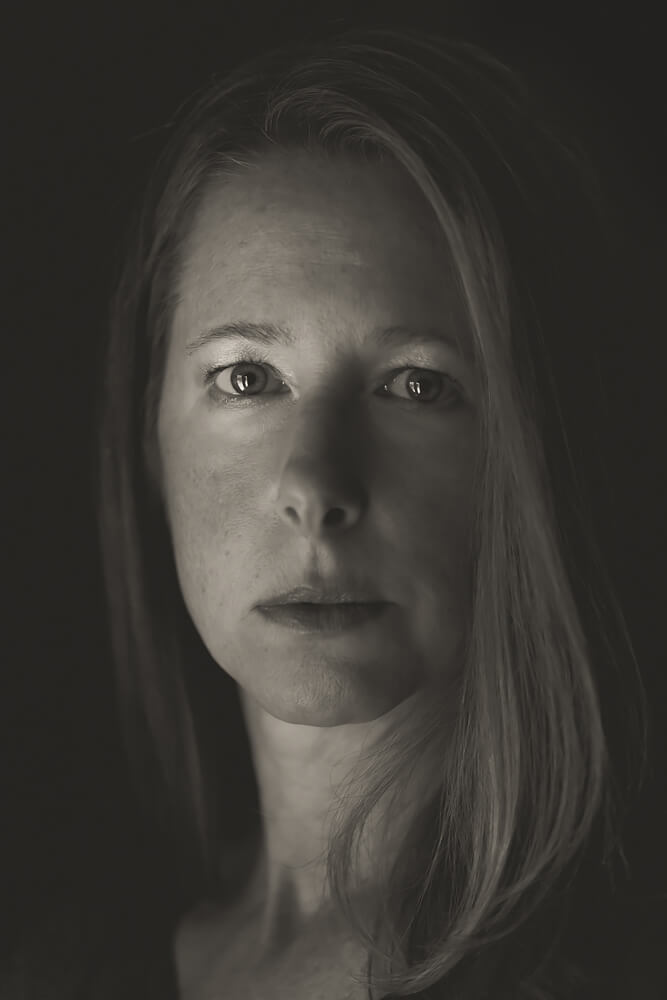Lisa Thomas is a self-taught Atlanta-based photographer with a passion for creating unique, abstract images. Born in Virginia in 1974, she holds a degree in physical therapy from the University of Oklahoma and has spent over 20 years in the healthcare industry. She began studying photography in 2020 as a creative outlet to cope with stress and to connect with others during a time of social isolation. Initially drawn to representational imagery, her journey as an artist has been an evolution, leading her to embrace the enchanting realm of abstract photography. Thomas’s current work, Studies in Oil and Water, is a macro view of the interplay between oil and water set against a variety of backdrops. Thomas’s distinctive style combines vibrant colors, playful compositions, and the use of light to create images that are emotionally uplifting and encourage viewers to embark on a visual journey.
Studies in Oil and Water
My photographic work is an exploration of two seemingly incompatible elements, oil and water. Through my lens, I capture their intricate interactions giving rise to mesmerizing abstract compositions allowing viewers to immerse themselves in a realm of color and fluidity. In this chaos, I find harmony in the hues and patterns that emerge and an appreciation for the beauty in the everyday. From bold and intense to tranquil and serene, my photographs mirror the kaleidoscope of emotions that define our lives. My aim is not only to captivate the eye but also to inspire curiosity and contemplation in the viewer.
